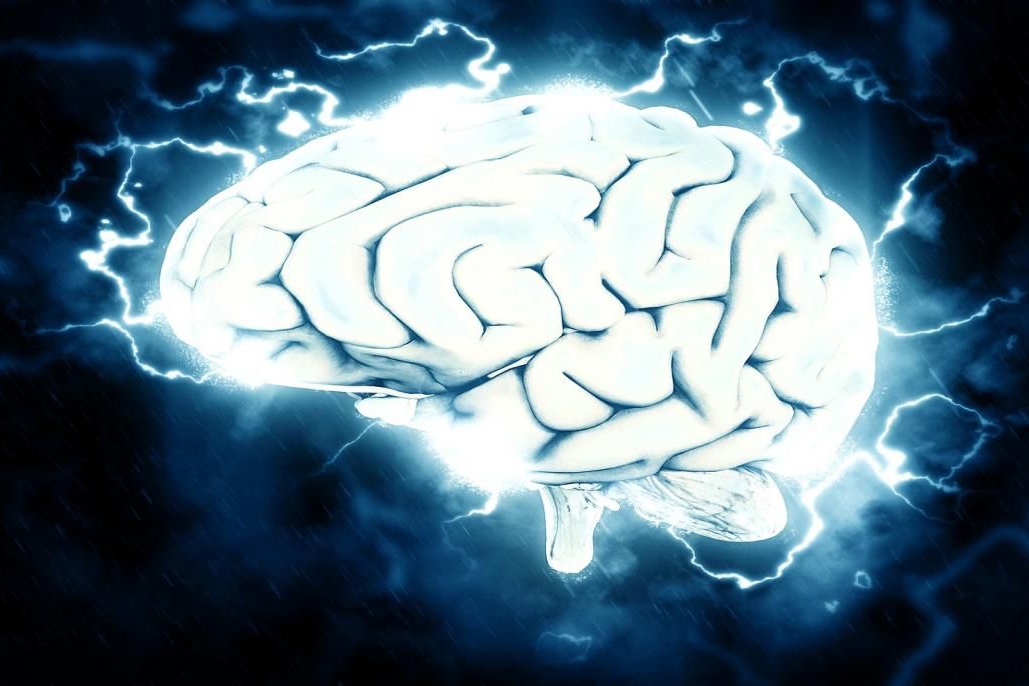Treatment plan for cerebellar atrophy
Cause of the Disease
1.Genetic:
Spino cerebellar ataxia (SCA).
Friedreich's ataxia.
Dentatorubral-pallidoluysian atrophy (DRPLA).
2.Degenerative:
Multiple system atrophy type C (MSA-C).
3.Ischemic-Hypoxic:
Carbon monoxide poisoning.
4.Drug toxicity:
Phenobarbital sodium.
5.Inflammatory:
Sequelae of acute cerebellitis.
6.Alcohol toxicity:
Alcoholic cerebellar degeneration.
7.Others:
Paraneoplastic cerebellar degeneration.

Clinical Manifestations
1.Ataxia: Ataxia is the main clinical manifestation of cerebellar atrophy. Patients exhibit instability while standing, swaying, and difficulty maintaining balance, typically unable to stand on one leg. Their gait is unsteady, with wide-based steps, lateral swaying, and upper limbs flexed and extended as if about to fall. They have poor coordination, with movements often overshooting the target, and handwriting may be shaky and irregular, with progressively larger characters.
2. Cerebellar Dysarthria: Speech is slow, with slurred, monotone, and nasal tones, resembling a singing-like pattern. This is due to the lack of coordination in the articulatory muscles such as lips, tongue, and pharynx.
3. Ocular Motor Disorders: Early in cerebellar atrophy, patients may experience disconjugate gaze and oculomotor dysfunction. They may have bilateral coarse tremors in the eyes, with a few cases exhibiting downbeat or rebound nystagmus.
4.Hypotonia: Hypotonia is primarily observed in acute cerebellar hemisphere lesions and is less common in chronic lesions. However, in some cases of cerebellar atrophy, there may be progressive generalized muscle hypertonia, resembling a tremor-predominant paralysis.
5.Non-Motor Manifestations: These include cognitive and language impairments. Some evidence suggests a correlation between the cerebellum and psychiatric disorders such as schizophrenia, bipolar disorder, and addictive behaviors.
Examination
1.Neurological Examination:
(1) Finger-to-Nose Test: Instruct the patient to extend and abduct the upper limb, touch their nose with the fingertip, and repeat the action with different directions and speeds, with eyes open and closed, comparing both sides. Ataxia is manifested by inconsistent speed and accuracy, mispointing, or requiring adjustment to reach the target. In cerebellar hemisphere lesions, ataxia is more pronounced on the same side as the target approaches, often overshooting the target.
(2) Heel-to-Shin Test: The patient lies supine and performs three actions sequentially: lifting and extending one lower limb, placing the heel on the opposite extended lower limb's knee, then sliding the heel down the shin, aiming for accurate and coherent movements. In cerebellar damage, leg raising and touching the shin may be unstable due to poor depth perception and intention tremor causing downward oscillation.
(3) Rapid Alternating Movements Test: The patient rapidly taps the back of the opposite hand, or performs rapid pronation and supination movements of the forearm, or alternates touching the table with the palm and back of the hand. In cerebellar damage, movements are clumsy and rhythmically irregular.
(4) Rebound Test: With eyes closed, one upper limb is forcefully flexed and then released by the examiner. In cerebellar lesions, poor coordination between agonist and antagonist muscles may cause exaggerated movements resulting in self-hitting. Alternatively, both arms are maintained in front and extended, and the examiner suddenly pushes them downward and then releases. Normal individuals can accurately return to the original position, while those with cerebellar ataxia cannot control the coordination between agonist and antagonist muscles, often resulting in excessive movement and prolonged oscillation.
(5) Past-Pointing Test: The patient extends the upper limb forward, places the index finger on the examiner's stationary finger, then raises the hand vertically and brings it back down to touch the examiner's finger. The examination is conducted with the patient maintaining the upper limb extended, first with eyes open and then closed. In cerebellar damage, the patient's finger does not correctly point to the examiner's finger but overshoots.
(6) Sit-Up Test: The patient lies supine, hands placed on the chest without support, and attempts to sit up. In normal individuals, only the trunk flexes, and both lower limbs may depress without leaving the bed surface. In patients with cerebellar damage, both hips and trunk flex simultaneously, and both lower limbs lift, termed as the co-contraction sign.
2.Neuroimaging:
CT and magnetic resonance imaging (MRI) can reveal cerebellar atrophy, characterized by increased and widened cerebellar fissures, reduced volume, branched folia appearance, enlarged cerebellar cisterns, and dilation of the fourth ventricle.
Diagnosis
Diagnosing cerebellar atrophy is not typically difficult and is usually based on the patient's medical history, symptoms, clinical examination, and imaging studies.






